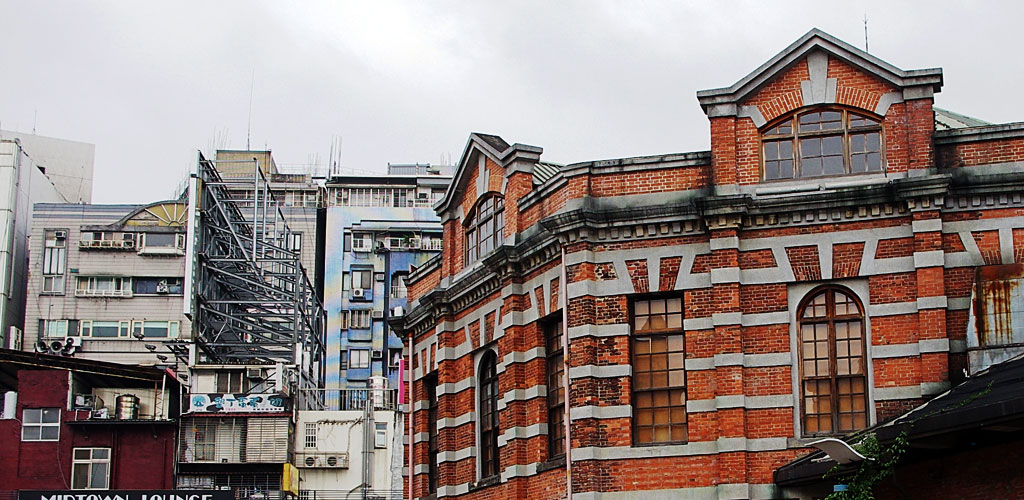History of Ximending
Ximending has been a major entertainment center for Taipei since the beginning of the 20th century. Originally it was "outside" the walls of the city of Taipei, and was barren ground. But the Japanese Colonial government decided to establish an entertainment center here to mirror what had been done outside the city of Tokyo at Asakusa.
With the construction of Taihokuza in 1897, followed by the New Wanguo Market in 1902, then called Eiza, the area became more and more popular. The conversion of the market building into The Red House in 1947 established this as a popular area to visit for entertainment.
In 1905 the West Gate which gave the name to the district was demolished, but by that time the name Xi Men was so well established that it would not be changed. Combined with the "Ding" being a Japanese district designator.
The heyday of the theater business in Ximending lasted until the 1990s when Taipei started to expand towards the East, and Ximending was less fashionable for movies and shows. However at this time the government agreed to make major streets in the area pedestrian-only, and this attracted many shoppers.
Since that time the district has built up a reputation for being the premier shopping location of the city, evolving into Taiwan's cultural heart where traditional values meet modern pop culture and LGBTQ+ acceptance.
Modern Era: Cultural Renaissance (2000-2025)
Pedestrian Zone Transformation (2000-2005): The creation of Taiwan's first major pedestrian-only shopping district fundamentally changed Ximending's character. Street performers, outdoor dining, and youth culture flourished in the car-free environment, establishing the district as Asia's premier example of pedestrian urban planning.
LGBTQ+ Cultural Center Emergence (2003-2019): The Red House district behind the historic theater evolved into Taiwan's first openly LGBTQ+ friendly commercial area. This development positioned Ximending at the forefront of Taiwan's progressive social movements, culminating in the district hosting celebrations for Asia's first marriage equality law in 2019.
Digital Age and Pop Culture Hub (2010-2020): The rise of K-pop, Japanese culture, and digital entertainment transformed Ximending into Taiwan's pop culture epicenter. International brands recognized the district's influence, with major retailers like Pop Mart establishing flagship stores that attract visitors from across Asia.
Cultural Institution Renaissance (2015-2025): The Red House Theater's restoration and expansion as a cultural center, combined with new creative spaces and regular cultural festivals, reinforced Ximending's role as Taiwan's primary cultural destination. The area now hosts over 200 cultural events annually.
International Recognition (2020-2025): Global travel publications consistently rank Ximending among Asia's top cultural districts. The area's unique blend of historical preservation, progressive values, and youth culture attracts over 3 million international visitors annually, contributing significantly to Taiwan's tourism economy.
2025 Developments: Current initiatives include enhanced digital integration, expanded cultural programming, and sustainable tourism practices that maintain the district's authentic character while accommodating growing international interest in Taiwan's cultural achievements.
From its origins as a Japanese colonial entertainment district to its current status as Taiwan's cultural heart, Ximending represents the island's journey from traditional society to modern democracy. The district's evolution mirrors Taiwan's broader transformation, making it an essential destination for understanding contemporary Taiwanese culture and values.



